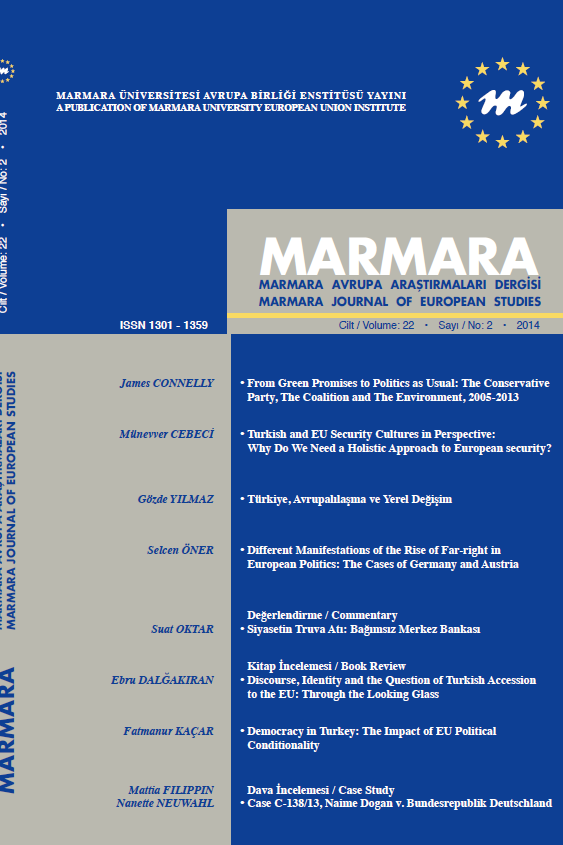REGIONAL INTEGRATION AMONG DEVELOPING COUNTRIES
Regional integration among developing countries is a subject which has recently struck the headlines. The Mercosur agreement linking Argentina, Brazil, Paraguay and Uruguay into a customs union, as well as the decision earlier this year by the ASEAN countries to proceed to the establishment of a full free-trade area, have drawn renewed attention to a process which is in fact almost as old as the multilateral trading system itself. Developing countries have been tempted to go into regional integration since the 1950s. In Latin America, under the influence of the prevailing economic philosophy of the time, regional economic integration was seen as a means of achieving economic independence from the North by applying import substitution policies to larger markets. The idea was that larger markets could attract investment, provide opportunities for specialization, reduce unemployment and at the same time reduce the participating countries' dependence on foreign inputs and foreign markets. It other parts of the world, mainly Africa, the same philosophy inspired regional integration but to it was added the desire to establish structures independent of the former colonial masters.
Anahtar Kelimeler:
REGIONAL, INTEGRATION, DEVELOPING
REGIONAL INTEGRATION AMONG DEVELOPING COUNTRIES
Regional integration among developing countries is a subject which has recently struck the headlines. The Mercosur agreement linking Argentina, Brazil, Paraguay and Uruguay into a customs union, as well as the decision earlier this year by the ASEAN countries to proceed to the establishment of a full free-trade area, have drawn renewed attention to a process which is in fact almost as old as the multilateral trading system itself. Developing countries have been tempted to go into regional integration since the 1950s. In Latin America, under the influence of the prevailing economic philosophy of the time, regional economic integration was seen as a means of achieving economic independence from the North by applying import substitution policies to larger markets. The idea was that larger markets could attract investment, provide opportunities for specialization, reduce unemployment and at the same time reduce the participating countries' dependence on foreign inputs and foreign markets. It other parts of the world, mainly Africa, the same philosophy inspired regional integration but to it was added the desire to establish structures independent of the former colonial masters.
Keywords:
REGIONAL, INTEGRATION, DEVELOPING,
___
- -
- ISSN: 1301-1359
- Yayın Aralığı: Yılda 2 Sayı
- Yayıncı: Marmara Üniversitesi
Sayıdaki Diğer Makaleler
THE MAASTRICHT TREATY ON EUROPEAN UNION
YENİ AVRUPA YAPILANMASI VE TÜRKİYE
ALMANYA'DA KİTLER VE ÖZELLEŞTİRME UYGULAMALARI
REGIONAL INTEGRATION AMONG DEVELOPING COUNTRIES
BLACK SEA ECONOMIC CO-OPERATION (BSEC) A NEW REGIONAL INTEGRATION PROJECT
AVRUPA BİRLİĞİ'NDE SON GELİŞMELER VE TÜRKİYE-AB İLİŞKİLERİ
Marmara Üniversitesi AVRUPA TOPLULUĞU ENSTİTÜSÜ
THE INTEGRATION OF TURKEY IN THE EUROPEAN COMMUNITY AS A STABILIZING FACTOR FOR THE MIDDLE EAST
